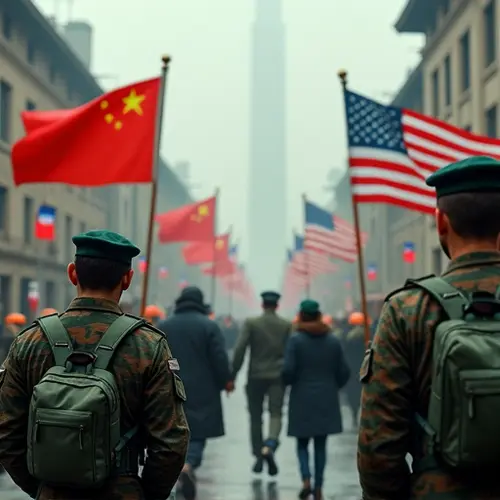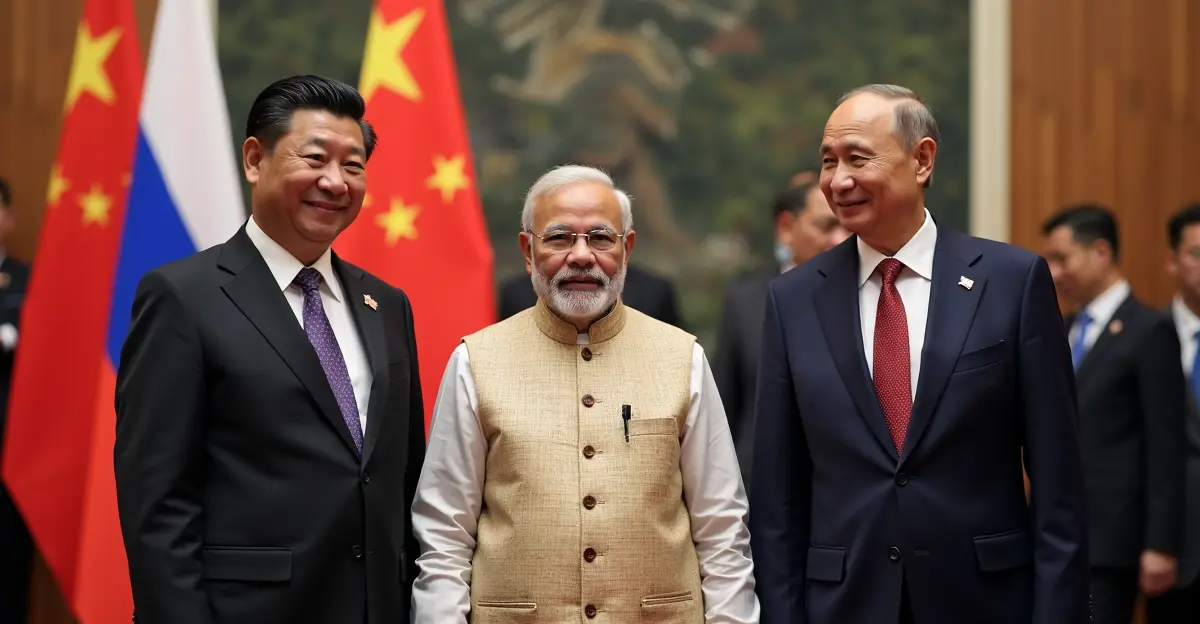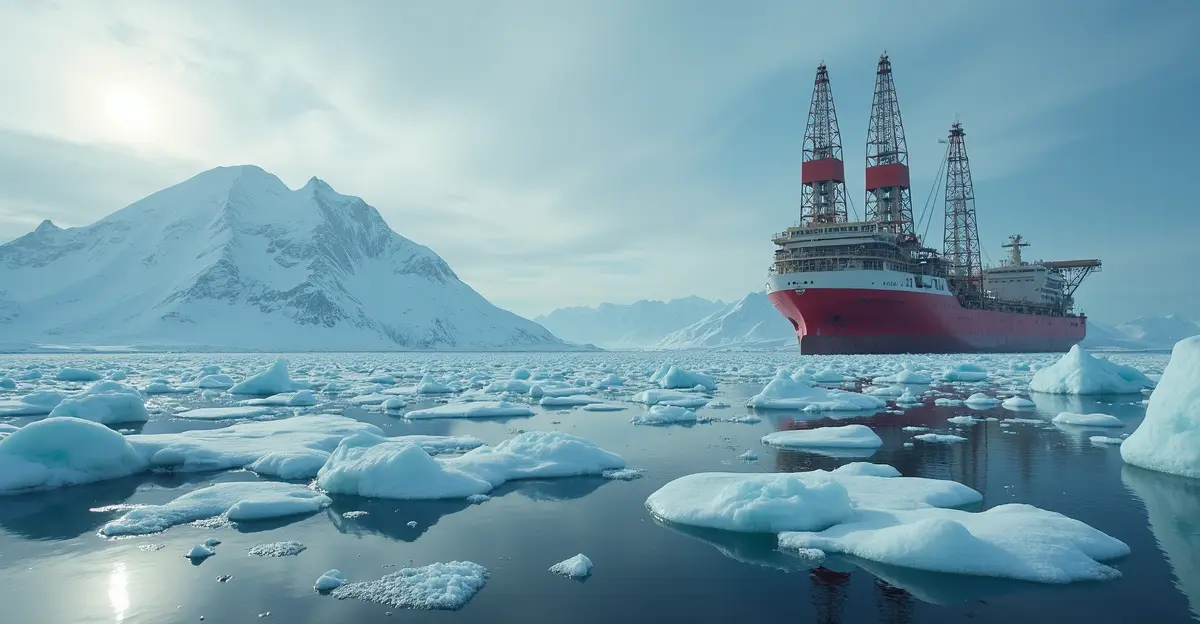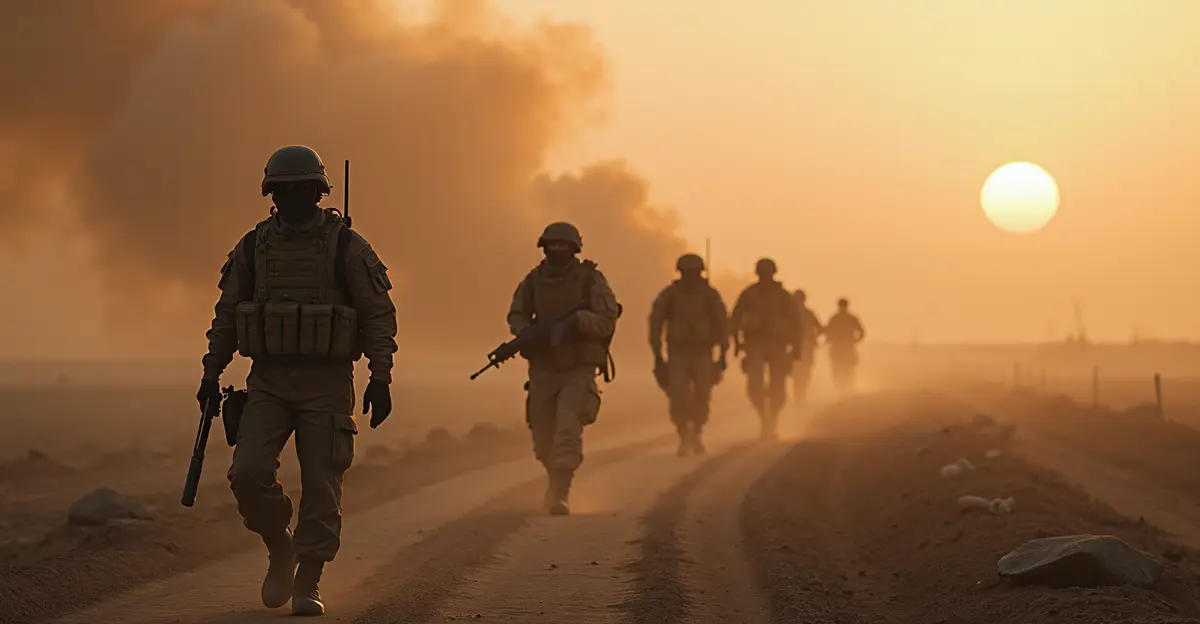In 2025, a new Cold War emerges with US-China-Russia tensions over trade, military buildup, and Arctic competition, risking global stability amid nuclear threats and shifting alliances.
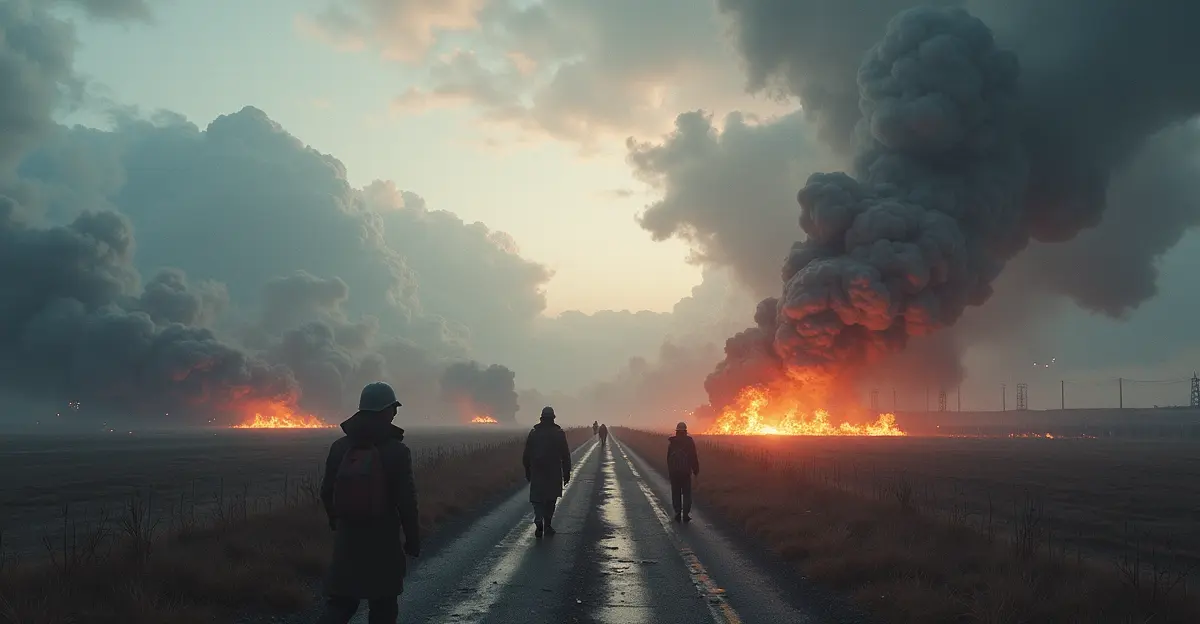
New Cold War: Rising Tensions Between Superpowers in 2025
In 2025, the world is witnessing a resurgence of geopolitical rivalries reminiscent of the Cold War era, with escalating tensions between the United States, China, and Russia. This new Cold War is characterized by intense competition in economic, military, and technological domains, threatening global stability. Unlike the original Cold War between the US and Soviet Union, today's dynamics involve a more complex multipolar landscape, where alliances shift and proxy conflicts emerge in regions like the Arctic and cyberspace.
Economic Warfare and Trade Conflicts
The economic front has become a primary battleground. In April 2025, the US and China implemented reciprocal tariff hikes, with the US raising tariffs on Chinese imports to 125% and China retaliating with 84% tariffs on US goods. This move, detailed in a Diplomat report, signals a dangerous shift from trade disputes to systemic rivalry. "The relationship is deteriorating rapidly, with reduced diplomatic channels increasing the risk of miscalculation," notes a senior analyst. China has also filed a WTO complaint, while nationalist rhetoric fuels public support for hardline policies amid slowing GDP growth and high youth unemployment.
Military Buildup and Nuclear Threats
Military tensions are soaring, with global military spending hitting a record $2.7 trillion in 2024, according to the 2025 SIPRI Yearbook. Nuclear arsenals are expanding as arms control agreements collapse; Russia and the US have seen their bilateral frameworks disintegrate, and China's nuclear stockpile grew from 500 to 600 warheads. "We are entering a dangerous era of nuclear brinkmanship, with new technologies in space and cyberspace complicating deterrence," warns a SIPRI researcher. Russia's updated nuclear doctrine may lower thresholds for use, and tactical deployments in Belarus heighten fears of escalation.
Strategic Alliances and Resource Competition
Alliances are reshaping global power balances. Russia and China are deepening their partnership in defiance of Western sanctions, with bilateral trade reaching $244.8 billion in 2024, as reported by Forbes. China now buys nearly half of Russia's crude oil exports, and they are settling transactions in rubles and yuan, reducing reliance on the US dollar. This strategic realignment creates parallel trading blocs, echoing Cold War divisions. In the Arctic, competition intensifies over resources and shipping routes; China's "Polar Silk Road" strategy and joint military exercises with Russia near Alaska, as covered by BBC News, highlight the region as a new frontline. "The Arctic's melting ice opens opportunities, but also risks conflict over untapped gas and oil reserves," says a Norwegian official.
Implications for Global Security
The new Cold War poses significant risks, including the potential for proxy wars and economic fragmentation. Unlike the 20th-century Cold War, which had defined ideological blocs, today's rivalry is more fluid, with technology and economics at its core. The absence of robust crisis management mechanisms increases the likelihood of miscalculations. As tensions mount, international cooperation on issues like climate change and pandemics could suffer. Experts urge diplomatic efforts to prevent a full-blown confrontation, but with major powers prioritizing national interests, the path to de-escalation remains uncertain.

 Nederlands
Nederlands
 English
English
 Deutsch
Deutsch
 Français
Français
 Español
Español
 Português
Português




